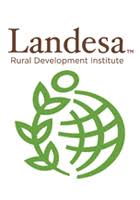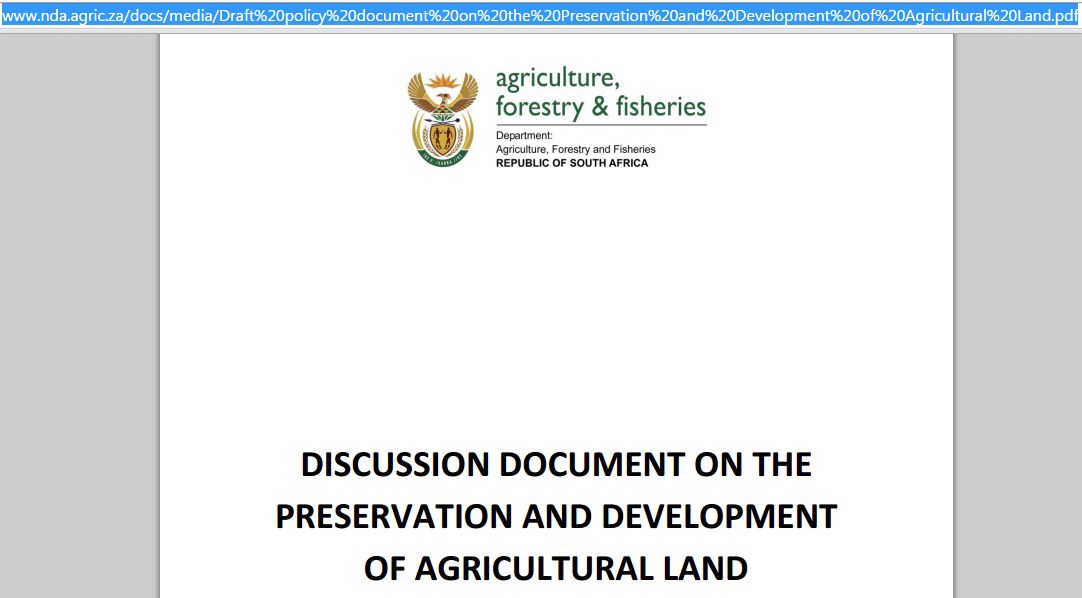Tin Mining in Myanmar: Production and Potential
... In 2014, Myanmar(Burma)confounded industry analysts by emerging to become the World's third biggest tin producer, experiencing a 5-year tin production increase of ca.4900%. This surprise emergence of Myanmar as a major tin producer is a possible Black Swan event that potentially has significant re-percussions both for the future of global tin production, and for the economic development of Myanmar. This is a disruptive event that has likely contributed to a substantial drop in tin prices in 2015. The




